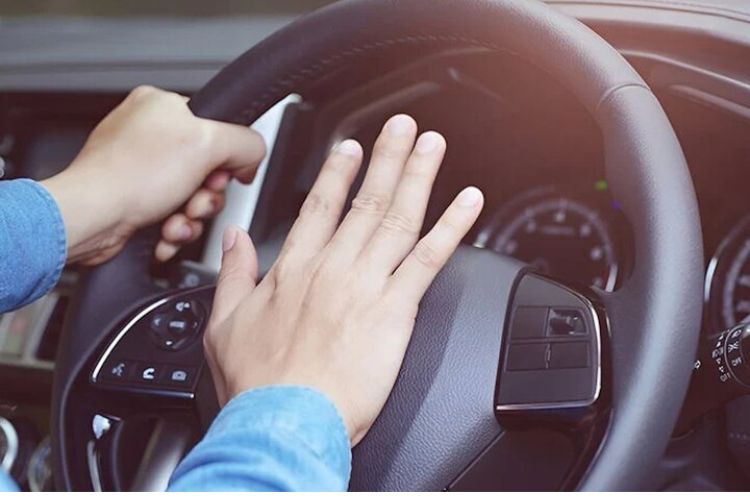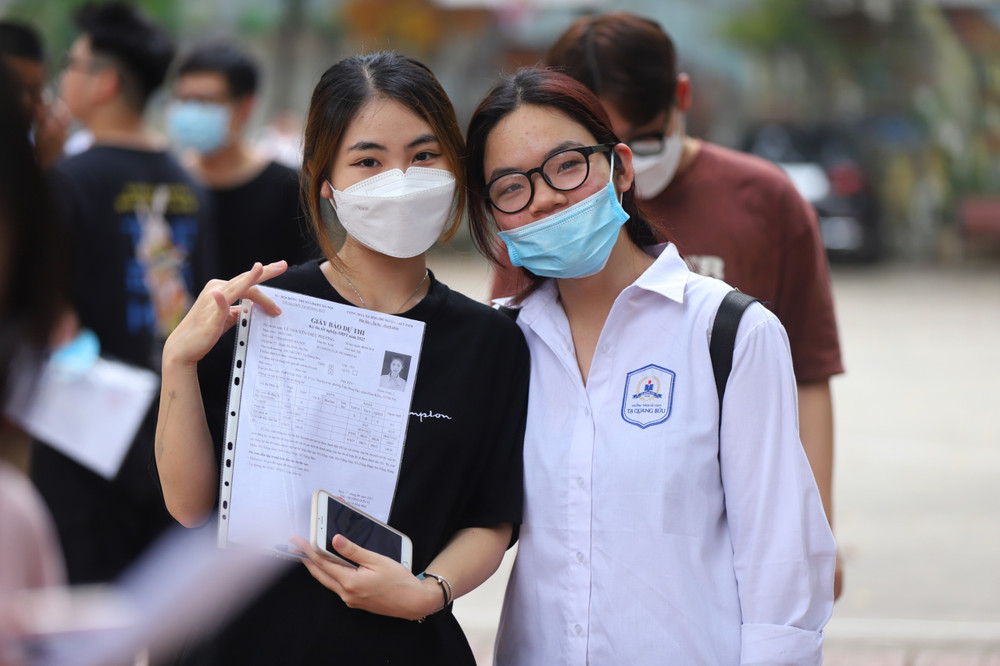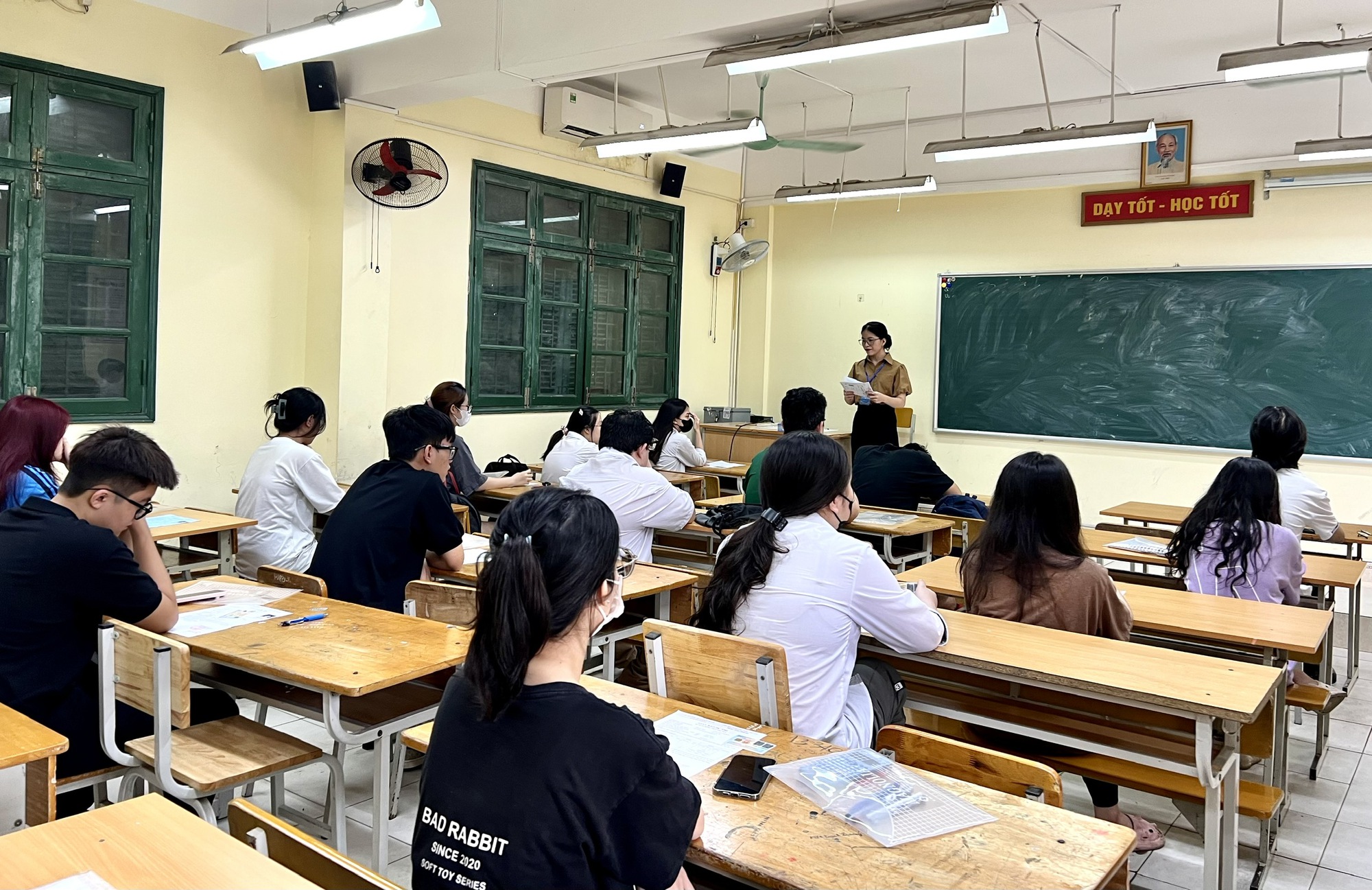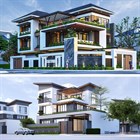Cases permitted to use horn signals for road traffic vehicles in Vietnam
The following are cases in which the horn signals of road traffic vehicles are permitted to be used in Vietnam.

Cases permitted to use horn signals for road traffic vehicles in Vietnam (Image from Internet)
1. Cases permitted to use horn signals for road traffic vehicles in Vietnam
According to Article 21 of the Law on Traffic Order and Safety 2024 regulating the use of horn signals on road traffic vehicles:
- The horn signals on road traffic vehicles may only be used in the following cases:
+ Signaling to road users when there is a situation that may affect traffic safety;
+ Signaling before overtaking a vehicle.
- Do not use horns continuously; do not use horns with non-conforming volume; do not use horns from 10:00 PM of the previous day to 5:00 AM of the following day in densely populated areas, near medical establishments, except for priority vehicles.
2. Regulations on stopping and parking when participating in road traffic in Vietnam
Regulations on stopping and parking when participating in road traffic according to Article 18 of the Law on Traffic Order and Safety 2024 are as follows:
- Stopping a vehicle is the temporary stationary state of a vehicle for a necessary period sufficient for boarding, alighting, loading, unloading goods, technical inspection of the vehicle, or other activities. When stopping a vehicle, the engine must not be turned off, and the driver must not leave the driving position, except when leaving to close, open the vehicle doors, load, unload goods, or perform technical inspection but must use the parking brake or implement other safety measures.
- Parking a vehicle is the stationary state of a vehicle without time limit. When parking, the person controlling the vehicle may only leave the vehicle after using the parking brake or implementing other safety measures. Vehicles parked on a slope must steer toward the roadside, wedge the wheel.
- When stopping or parking a vehicle on the road, the driver must comply with the following regulations:
+ Signal to other road users when entering or leaving a stopping or parking position;
+ Do not affect pedestrians and other road traffic vehicles.
- Drivers are prohibited from stopping or parking in the following locations:
+ On the left side of one-way roads;
+ On curves or near slopes where visibility is obstructed;
+ On bridges, except where traffic organization allows;
+ Under flyovers, except in permitted stopping or parking areas;
+ Parallel to another vehicle stopping or parking on the road;
+ Less than 20 meters from a parked vehicle opposite direction on a narrow street, less than 40 meters on a road with one lane per direction;
+ On pedestrian crossings;
+ At intersections and within 5 meters from the edge of intersections;
+ Passenger pick-up and drop-off points;
+ In front of and within 5 meters on both sides of the gate of operational headquarters with an entrance and exit arrangement;
+ On narrow lanes suitable only for one-way motor vehicles;
+ Within railway safety zones;
+ Obscuring road signs, traffic lights;
+ On bus-exclusive roads, over drainage covers, telephone, high-voltage channel covers, designated areas for firefighting vehicle water access; on the carriageway and pavements contrary to regulations.
- On roadways, drivers may only stop or park in areas with wide shoulders or rural land areas outside vehicle pathways; if the shoulder is narrow or absent, the vehicle must stop or park close to the right edge of the road in the direction of travel.
- In urban streets, vehicles must stop or park close to the right edge of the curb or sidewalk per travel direction; the nearest wheel must not be more than 0.25 meters from the road edge or sidewalk and must not obstruct or pose danger to pedestrians and other road users.
- In case of technical breakdown or other force majeure requiring parking, and the parked vehicle occupies the roadway or is in a prohibited area, emergency lights or warning signs must be placed behind the vehicle to alert other road users.
- Key word:
- horn signal
- road traffic
- vehicle
- Vietnam
- Penalties for fraudulent activities on e-commerce platforms in Vietnam
- Guidance on issuing driver licenses for individuals with expired driver licenses in Vietnam
- Cases of verification of driver licenses in Vietnam according to Circular 35
- Proposal on night shift allowance policies and meal support for healthcare employees in Vietnam
- What is Pi Network? Is Pi Network legal in Vietnam?
- Proposal to lower health insurance contribution rates to alleviate economic burden on citizens in Vietnam
-

- Procedures for high school admission in Vietnam
- 14:25, 21/02/2025
-

- Resolution 190: Principles for addressing certain ...
- 11:30, 21/02/2025
-

- Guidance on identifying cases of inaccurate or ...
- 11:00, 21/02/2025
-

- Official Telegram 16: Urgent requirement to allocate ...
- 08:00, 21/02/2025
-

- Circular 04/2025 stipulating on the quality assessment ...
- 18:41, 20/02/2025
-

- Guidelines for maintenance and renovation of villas ...
- 14:30, 21/02/2025
-

- Guidelines for maintenance and renovation of villas ...
- 14:30, 21/02/2025
-

- Procedures for high school admission in Vietnam
- 14:25, 21/02/2025
-

- Resolution 190: Principles for addressing certain ...
- 11:30, 21/02/2025
-

- Guidance on identifying cases of inaccurate or ...
- 11:00, 21/02/2025

 Article table of contents
Article table of contents
